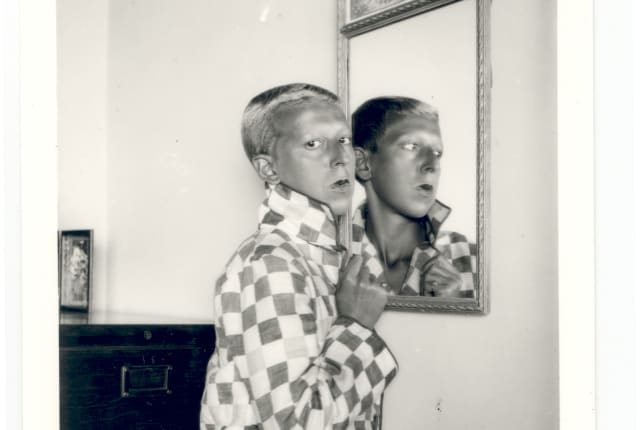
Havik was an 18-gun sloop-of-war, launched in 1784 for the Dutch Navy. Upon completion, she was transferred to and served in South Africa.

Coins
Amongst the wreckage of the Havick, archaeologists also recovered coinage. Coins are a very helpful tool for archaeologists, as they aid in dating the site. This particular coin is known as a cartwheel penny, due to its distinctive design which resembles a cartwheel. It features the portrait of King George III, facing right, wearing a laurel on its obverse side, while its reverse side features the seated figure of Britannia. The value of a cartwheel penny back in 1797 was 1/250 of a pound, with 12 pence equalling 1 shilling, and 20 shillings equalling a pound. In today’s money however, a cartwheel penny would be valued at around £1.61.
The wage of a sailor in the Royal Navy between 1793-1806 varied depending on rank. The lowest-ranking sailors, known as landsman, were paid around £10.60 per year. While Captains, one of the highest-ranking sailors, were paid around £336-£400 per year.

Syringe
One of the most important roles onboard an 18th century vessel was that of the surgeon. They would have had plenty to deal with, especially during and after a battle, but also when they were not engaged in conflict. An imbalanced diet could cause a range of digestive and bowel problems, particularly in the lower ranks, and venereal diseases were also common. Syringes became a commonly used item for surgeons and would often be shared between multiple patients.












